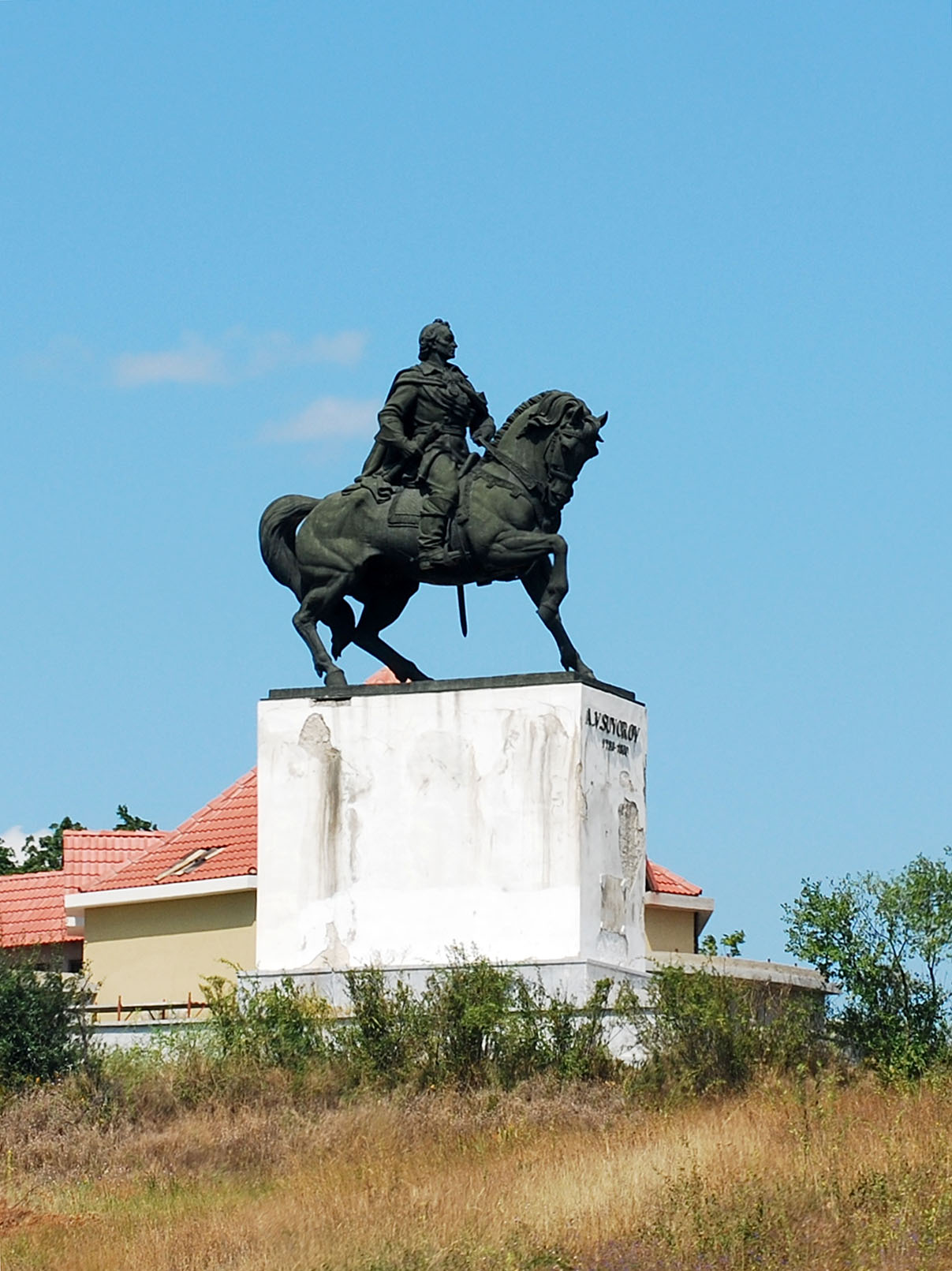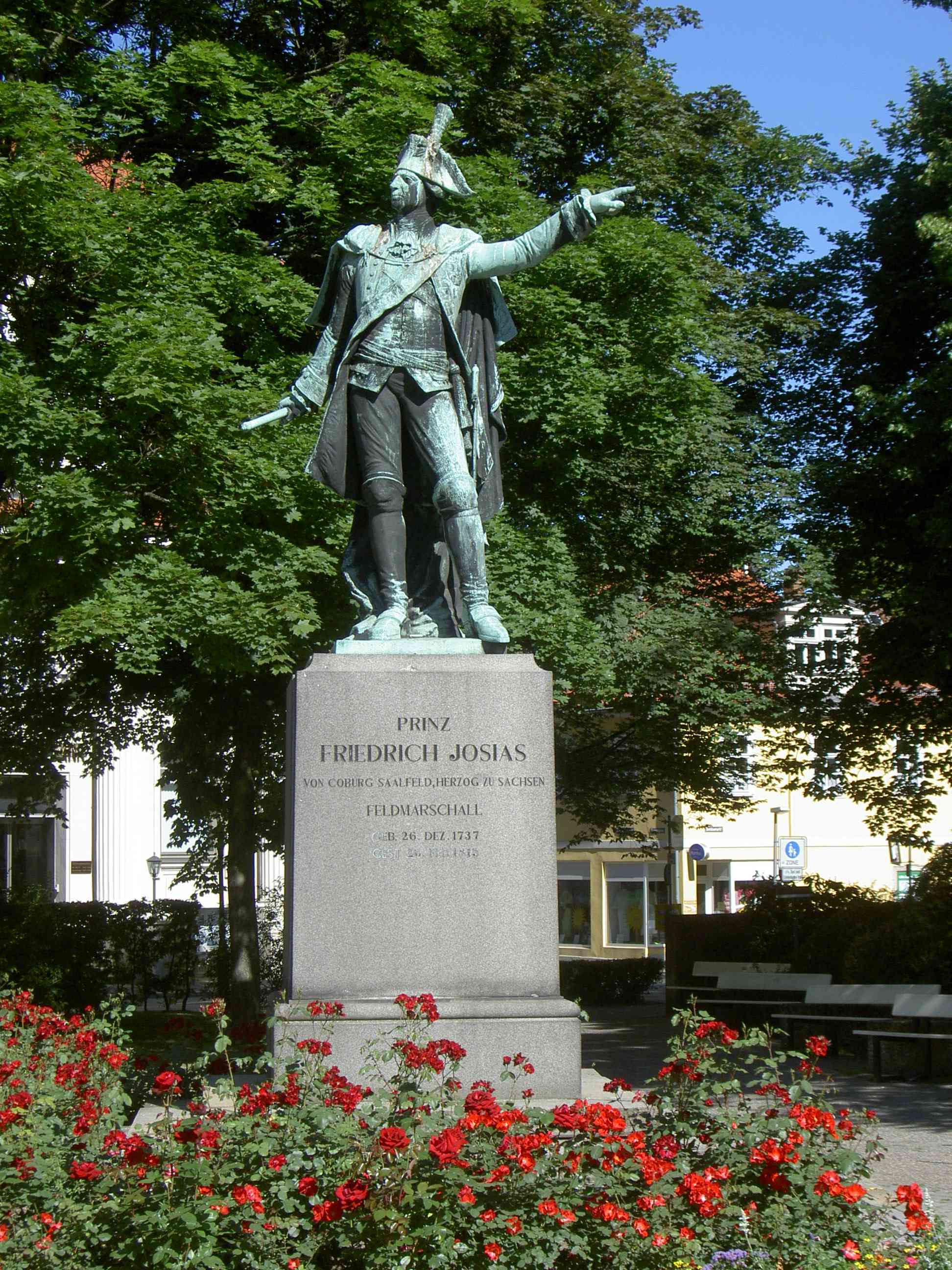|
Focșani
Focșani (; ) is the capital city of Vrancea County in Romania on the banks the river Milcov, in the historical region of Moldavia. , it has a population of 66,719. Geography Focșani lies at the foot of the Curvature Carpathians, at a point of convergence for tectonic geologic faults, which raises the risk of earthquakes in the vicinity. Though Vrancea County is one of the most popular wine-producing regions in Romania, Odobești being just to the northwest, in Romania, Focșani itself is not considered a wine-producing center. The wine sold as ''Weisse von Fokshan'' in Germany and some other European countries is generally a ''Fetească Albă de Odobești'' wine, and practically a second-rated wine which does not comply to the European Union rules of naming the regions of origin of wines. The vicinity is rich in minerals such as iron, copper, coal, and petroleum. The city administers two villages, Mândrești-Moldova and Mândrești-Munteni. Focșani lies within the strate ... [...More Info...] [...Related Items...] OR: [Wikipedia] [Google] [Baidu] |
Focșani Gate
The Focșani Gate (; or ) is a militarily and strategically vulnerable area in Romania and NATO. Located in the northeastern part of the Wallachian Plain, it spans an area of east to west and about north to south on the territory of Galați, Vrancea, Buzău, and Brăila counties. Control of the Focșani Gate allows entry into vast tracts of Romanian territory and several other regions of Europe. History The area around the city of Focșani was already recognized as a weak point in Romania back in 1882. In that year, the government of Romania carried out a study to identify all the areas of the country where the terrain was poorly suited for defense, and for engineering work to reinforce these areas. A few years before, Russia, a state then allied to Romania with which it had fought together in the Russo-Turkish War of 1877–1878, had stripped away the region of Southern Bessarabia from Romania, causing tensions between the two countries. Concerns over Romania's defensive ... [...More Info...] [...Related Items...] OR: [Wikipedia] [Google] [Baidu] |
Battle Of Focșani
The Battle of Focșani (also Battle of Fokschani or Battle of Focsani; ) took place during the Russo-Turkish War (1787–1792) on 1 August 1789 (Old Style 21 July) between the Ottoman Empire and the alliance of the Russian Empire and the Habsburg monarchy near Focșani, Moldavia (now in Romania). The Russians were led by Alexander Suvorov, the Austrians by Prince Josias of Coburg, and the Ottomans by Grand vizier, Grand Vizier Koca Yusuf Pasha. The Austrian army numbered 18,000 Austrian and Hungarian troops. The Russian contingent was made up of 7,000 soldiers. The Ottomans mustered ca. 30,000 soldiers. The allies stormed the Ottoman entrenched camp and drove the Turks out of Moldavia. The Moldavian campaign begins As the campaigning season of 1789 began, Koca Yusuf Pasha, Grand Vizier of the Ottoman Empire, took steps to defend the vassal states of Moldavia and Wallachia. He faced the prospect of offensives from two directions. To the northwest lay an Austrian army of 18,000 m ... [...More Info...] [...Related Items...] OR: [Wikipedia] [Google] [Baidu] |
Vrancea County
Vrancea () is a county (județ) in Romania, with its seat at Focșani. It is mostly in the historical region of Moldavia but the southern part, below the Milcov (Siret), Milcov River, is in Muntenia. Demographics At the 2021 Romanian census, 2021 census, the county had a population of 335,312 and a population density of . * Romanians – over 98% * Romani people in Romania, Romani, Minorities of Romania, others – 2%. Geography Vrancea County covers an area of . A curvedly shaped mountainous area, known in Romanian as the ''Sub Carpathians, Carpații de Curbură'', lies in the western part of the county, at the Southern end of the Eastern Carpathians, with heights over . To the East, the heights decrease into hilly areas and the lower valley of the Siret (river), Siret River. The main tributary of the Siret, which crosses the county, is the Putna (Siret), Putna River. A right tributary of the Putna is the Milcov (Siret), Milcov, a river that divides Moldavia from Munteni ... [...More Info...] [...Related Items...] OR: [Wikipedia] [Google] [Baidu] |
Alexander Suvorov
Count Alexander Vasilyevich Suvorov-Rymniksky, Prince of Italy () was a Russian general and military theorist in the service of the Russian Empire. Born in Moscow, he studied military history as a young boy and joined the Imperial Russian Army at the age of 17. Promoted to colonel in 1762 for his successes during the Seven Years' War, his victories during the War of the Bar Confederation included the capture of Kraków and victories at Battle of Orzechowo, Orzechowo, Battles of Lanckorona#Third clash (Battle of Lanckorona), Lanckorona, and Battle of Stołowicze, Stołowicze. His reputation rose further when, in the Russo-Turkish War (1768–1774), Russo-Turkish War of 1768–1774, he Stormings of Turtucaia, captured Turtukaya twice and won a decisive victory at Battle of Kozludzha, Kozludzha. After a period of little progress, he was promoted to general and led Russian forces in the Russo-Turkish War (1787–92), Russo-Turkish War of 1787–1792, participating in the Siege o ... [...More Info...] [...Related Items...] OR: [Wikipedia] [Google] [Baidu] |
1940 Vrancea Earthquake
The 1940 Vrancea earthquake, also known as the 1940 Bucharest earthquake, () occurred on Sunday, 10 November 1940, in Romania, at 03:39 (local time), when the majority of the population was at home. The 1940 earthquake registered a magnitude of 7.7 on the moment magnitude scale, being the strongest earthquake recorded in the 20th century in Romania. Its epicenter lay in the Vrancea zone at a depth of about 133 km. The area of maximum intensity for this earthquake was 80,000 km2 and macroseismic effects were felt over an area of more than 2,000,000 km2. Effects were reported to the north as far away as Leningrad, over 1,300 km away, with estimated seismic intensities of IV–V (MCS degrees), to the south, as far as Greece, to the east, up to the Kharkov–Moscow line, with estimated intensities of V–VI (MCS degrees), in the west, as far as Belgrade, Budapest and Warsaw. Tectonic setting Vrancea lies within the Carpathian Mountains, which were formed as part ... [...More Info...] [...Related Items...] OR: [Wikipedia] [Google] [Baidu] |
Prince Josias Of Saxe-Coburg-Saalfeld
Prince Frederick Josias of Saxe-Coburg-Saalfeld (; 26 December 1737 – 26 February 1815) was a military commander in the army of the Holy Roman Empire. He began his career at the age of 18 in a cavalry regiment with which he took part in the Seven Years' War. Coburg's bravery allowed him to quickly rise through the ranks. Promoted to colonel in 1759, he became a general officer in the following years and, in this capacity, took command of an army corps during the Austro-Turkish War. Coburg campaigned successfully in Moldavia where he won the battles of Focşani, Rymnik and Martinestje against the Ottomans, which earned him the rank of field marshal in 1789. Thanks to his extensive experience, Coburg was appointed supreme commander of the Imperial Army in the Austrian Netherlands at the beginning of the French Revolutionary Wars. He triumphed at the Battle of Aldenhoven, then at the Battle of Neerwinden in March 1793, but these victories were overshadowed some time later by ... [...More Info...] [...Related Items...] OR: [Wikipedia] [Google] [Baidu] |
1977 Vrancea Earthquake
The 1977 Vrancea earthquake occurred on 4 March 1977, at 21:22 local time, and was felt throughout the Balkans. It had a magnitude of 7.5, making it the second most powerful earthquake recorded in Romania in the 20th century, after the 10 November 1940 seismic event. The hypocenter was situated in the Vrancea Mountains, the most seismically active part of Romania, at a depth of 85.3 km. The earthquake killed about 1,578 people (1,424 in Bucharest) in Romania, and wounded more than 11,300. Among the victims were actor Toma Caragiu and writers A. E. Bakonsky, Alexandru Ivasiuc and Corneliu M. Popescu. Communist ruler Nicolae Ceaușescu suspended his official visit to Nigeria and declared a state of emergency. About 32,900 buildings were damaged or destroyed. Immediately after the earthquake, 35,000 families were without shelter. The economic losses are believed to have been as high as two billion US dollars though the sum was not confirmed by the authorities at that tim ... [...More Info...] [...Related Items...] OR: [Wikipedia] [Google] [Baidu] |
Western Moldavia
Western Moldavia (, ''Moldova de Apus'', or , also known as Moldavia, is the core historic and geographical part of the former Principality of Moldavia situated in eastern and north-eastern Romania. Until its union with Wallachia in 1878, the Principality of Moldavia also included, at various times in its history, the regions of Bessarabia (with the Budjak), all of Bukovina, and Hertsa; the larger part of the former is nowadays the independent state of Moldova, while the rest of it, the northern part of Bukovina, and Hertsa form territories of Ukraine. Moldavia consists of eight counties, spanning over 18% of Moldova's territory. Six out of the 8 counties make up Moldavian's designated Nord-Est development region, while the two southern counties are included within Moldavian's Sud-Est development region. It comprises roughly 48.67% of the wider region of Moldavia. Etymology The names ''Moldavia'' and ''Moldova'' are derived from the name of the Moldova River; howeve ... [...More Info...] [...Related Items...] OR: [Wikipedia] [Google] [Baidu] |
Moldavia
Moldavia (, or ; in Romanian Cyrillic alphabet, Romanian Cyrillic: or ) is a historical region and former principality in Eastern Europe, corresponding to the territory between the Eastern Carpathians and the Dniester River. An initially independent and later autonomous state, it existed from the 14th century to 1859, when it united with Wallachia () as the basis of the modern Romanian state; at various times, Moldavia included the regions of Bessarabia (with the Budjak), all of Bukovina and Hertsa region , Hertsa. The region of Pokuttya was also part of it for a period of time. The Moldavia (region of Romania) , western half of Moldavia is now part of Romania, the eastern side belongs to the Moldova , Republic of Moldova, and the Chernivtsi Oblast , northern and Budjak , southeastern parts are territories of Ukraine. Name and etymology The original and short-lived reference to the region was ''Bogdania'', after Bogdan I, the founding figure of the principality. The name ... [...More Info...] [...Related Items...] OR: [Wikipedia] [Google] [Baidu] |
1986 Vrancea Earthquake
Striking central Romania on August 30 at 21:28 UTC, the 1986 Vrancea earthquake killed more than 150 people, injured over 500, and damaged over 50,000 homes. The second largest earthquake in the area since the modernization of earthquake monitoring devices, it was felt north to Poland and south to Italy and Greece. The death toll makes it the second deadliest earthquake to occur in 1986 worldwide, after major seism of San Salvador that took the lives of almost 1,500 people. One local news facility listed that the earthquake measured 6.5 on the Richter scale, and the USGS listed its seismic moments as 5.6 and 7.9. A research paper of V. I. Ulomov cited this earthquake with magnitude 7.1. Its epicenter was somewhere in the Vrancea Mountains. The focal mechanism of the earthquake was described as "moderately well controlled", suggesting reverse faulting with some strike-slip motion. Geography The epicenter was pinpointed to Vrancea County, specifically to the Vrancea Mountains ... [...More Info...] [...Related Items...] OR: [Wikipedia] [Google] [Baidu] |
1738 Vrancea Earthquake
The 1738 Vrancea earthquake occurred on , during the third rule of Constantin Mavrocordat. The seism aroused great panic and is mentioned in several sources. It occurred in the lower lithospheric block, at a depth of . Its effects were violent on large areas, the hardest hit being Bucharest, where several houses and churches collapsed. The Romanian territories were not the only affected. In Niš, a Serbian city where the Ottoman army was quartered, the fortress on Nišava partially collapsed, and in Nikopol on Danube four mosques collapsed. At an estimated magnitude of 7.7 on the Richter scale, the earthquake of 1738 is one of the strongest in Romanian history. Foreshock According to the catalogue of Cornelius Radu, several foreshocks of magnitude 5–6 occurred starting with March 1738. In a chronicle it is mentioned that a "large" foreshock happened on 8 May 1738. It occurred at "5 o'clock", but its magnitude is not known. Damage The earthquake was felt especially in Buc ... [...More Info...] [...Related Items...] OR: [Wikipedia] [Google] [Baidu] |
Milcov (Siret)
The Milcov is a right tributary of the river Putna (Siret), Putna in Vrancea County, eastern Romania. It flows through the towns and villages Andreiașu de Jos, Șindrilari, Mera, Vrancea, Mera, Broșteni, Vrancea, Broșteni, Odobești, Vârteșcoiu, Câmpineanca, Golești, Vrancea, Golești, Milcovul (Risipiți until 1964) and Răstoaca. It discharges into the Putna at Răstoaca. e-calauza.ro Its length is and its basin size is . The city of Focșani used to lie on it. Due to floods, however, a new riverbed formed a few kilometers south of the city. In 1482, Stephen III of Moldavia, Stephen the Great declared the Milcov river as the boundary between his principality, Moldavia, and Wallachia to the south. In the 19th century, the river was perceived by unionists as a symbol of disc ... [...More Info...] [...Related Items...] OR: [Wikipedia] [Google] [Baidu] |







